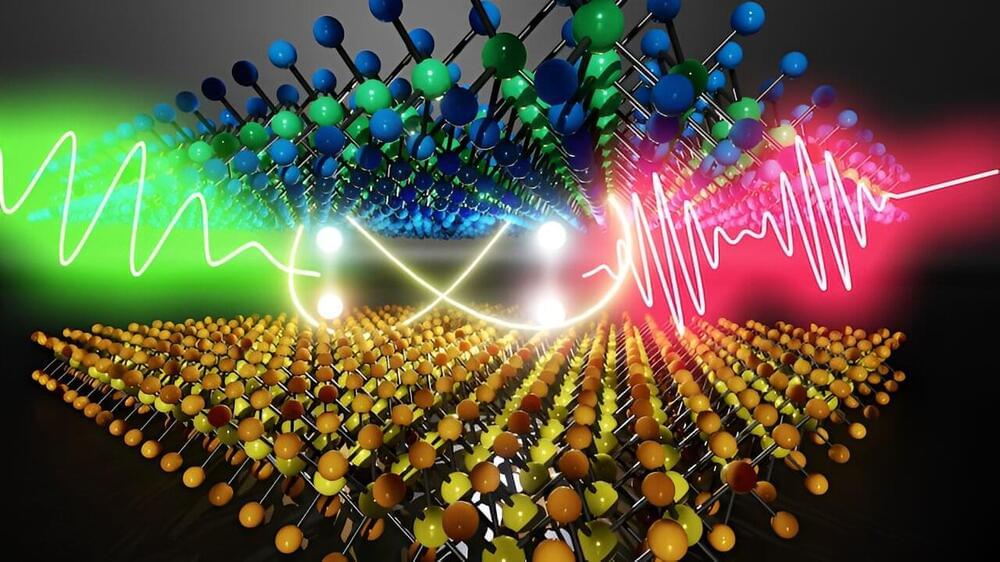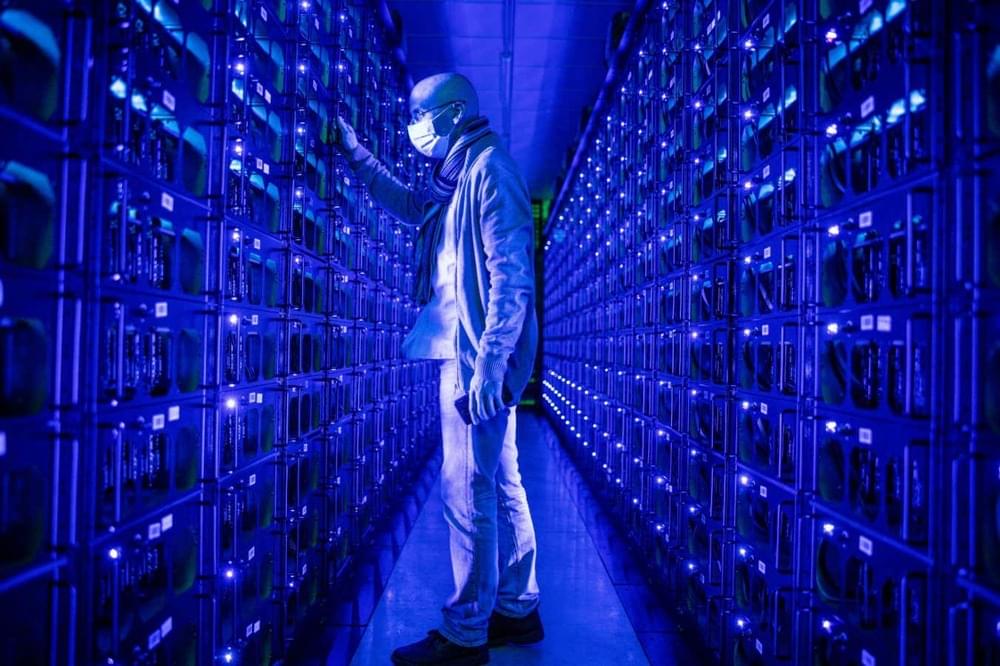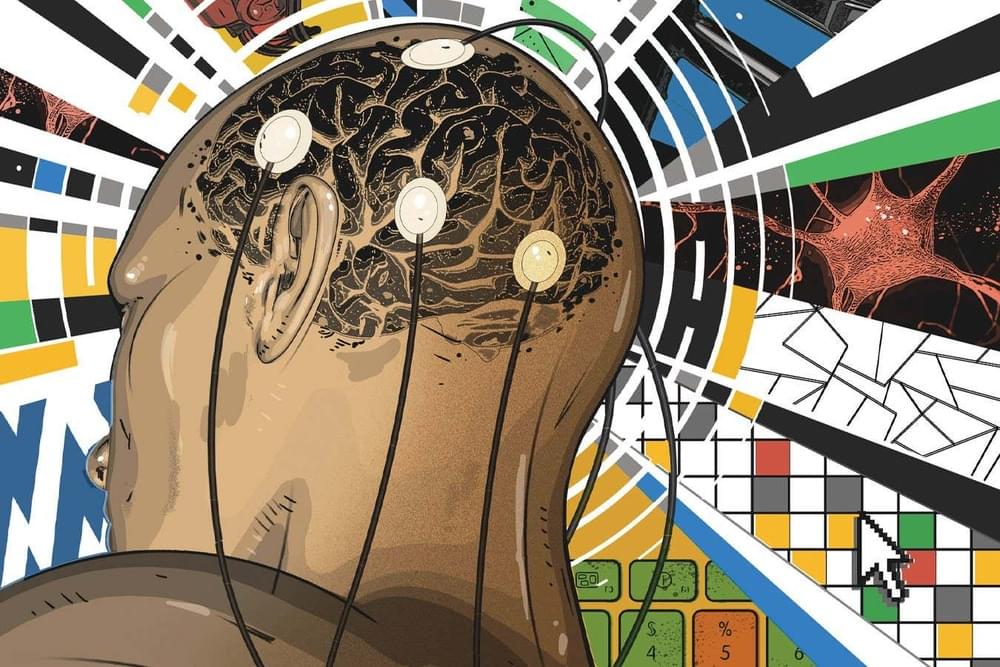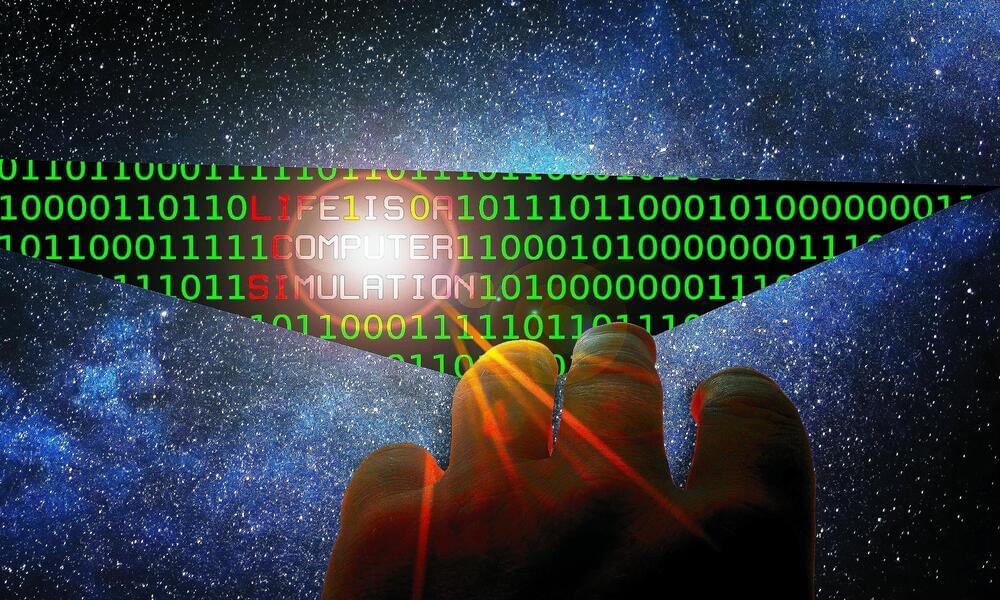Quantum technology is quantifiable in qubits, which are the most basic unit of data in quantum computers. The operation of qubits is affected by the quantum coherence time required to maintain a quantum wave state.



Research on quantum internet technology highlights the challenge of producing stable photons at telecom wavelengths, with recent studies focusing on material improvements and advanced emission techniques to enhance quantum network efficiency.
Computers benefit greatly from being connected to the internet, so we might ask: What good is a quantum computer without a quantum internet?
The secret to our modern internet is the ability for data to remain intact while traveling over long distances, and the best way to achieve that is by using photons. Photons are single units (“quanta”) of light. Unlike other quantum particles, photons interact very weakly with their environment. That stability also makes them extremely appealing for carrying quantum information over long distances, a process that requires maintaining a delicate state of entanglement for an extended period of time. Such photons can be generated in a variety of ways. One possible method involves using atomic-scale imperfections (quantum defects) in crystals to generate single photons in a well-defined quantum state.

Mining cryptocurrencies like bitcoin could be done using quantum computers, cutting their electricity use by 90 per cent.
By Alex Wilkins

Brain computer interface will have to be significantly more advanced before there’s an enhancement of cognitive abilities.
Devices that let people with paralysis walk and talk are rapidly improving. Some see a future in which we alter memories and download skills – but major challenges remain.

Have you ever considered the possibility that our reality might be an intricately crafted computer simulation? There is a name for this theory — Simulation Hypothesis — and it is now being tested in quantum lab experiments.
Though it may initially resemble a plot from the latest sci-fi blockbuster, a dedicated group of researchers is rigorously exploring this intriguing concept.
They are investigating the philosophical implications and technological advancements that could render such a simulation plausible.

Chemo-mechanical deformation of structured DNA assemblies driven by DNA-binding ligands is promising for biological and therapeutic applications, but it is elusive how to effectively model and predict their effects on the deformation and mechanical properties of DNA structures. Here, the authors present a computational framework for simulating chemo-mechanical change of structured DNA assemblies, using ethidium bromide intercalation as an example.


A team led by researchers from the California NanoSystems Institute at UCLA has designed a unique material based on a conventional superconductor—that is, a substance that enables electrons to travel through it with zero resistance under certain conditions, such as extremely low temperature. The experimental material showed properties signaling its potential for use in quantum computing, a developing technology with capabilities beyond those of classical digital computers.

Adopting the right mix of sustainable construction practices could allow Canada to meet its housing goals—as many as 5.8 million new homes by 2030—without blowing past its climate commitments.
Researchers in the University of Toronto’s Centre for the Sustainable Built Environment (CSBE) have developed a computer simulation that forecasts the emissions associated with new housing and infrastructure construction. The paper is published in the journal Environmental Science & Technology.
The work builds on previous CSBE research showing that in order for Canada to meet its greenhouse gas emissions targets, homes built in 2030 will need to produce 83% fewer greenhouse gases during construction than those built in 2018.

Exploring the design of efficient quantum emitters using defects in wide-bandgap semiconductors, specifically silicon carbide (SiC) and diamond.
It highlights how these defects can be engineered to emit single photons, which are crucial for quantum technologies like secure communication and quantum…
Computers benefit greatly from being connected to the internet, so we might ask: What good is a quantum computer without a quantum internet?